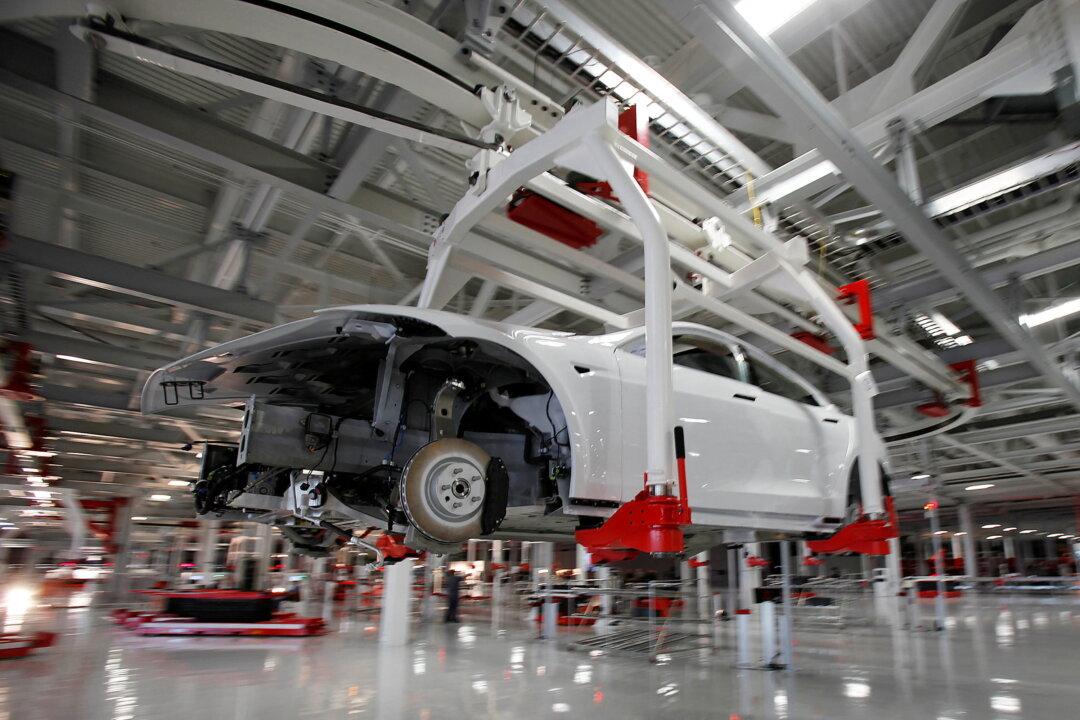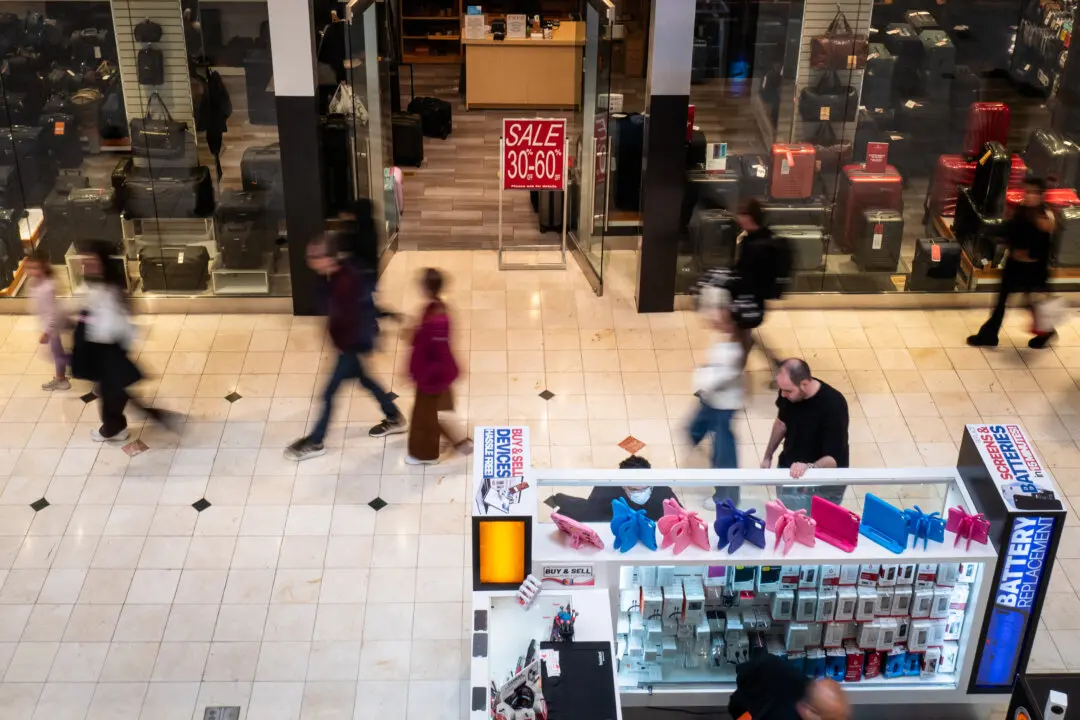Business activity in the United States fell in November for the fifth consecutive month, with the manufacturing and service sectors registering declines according to a recent report by S&P Global.
The Flash US PMI Composite Output Index was at 46.3 in November, down from 48.2 at the beginning of the fourth quarter, according to a Nov. 23 news release by S&P. This was the “sharpest” rate of contraction since August this year and the quickest since 2009. Levels above 50 indicate an improvement while levels below 50 indicate a contraction. The market consensus was for the Composite PMI to decline only to 47.7 for the month according to data from FX Street.





